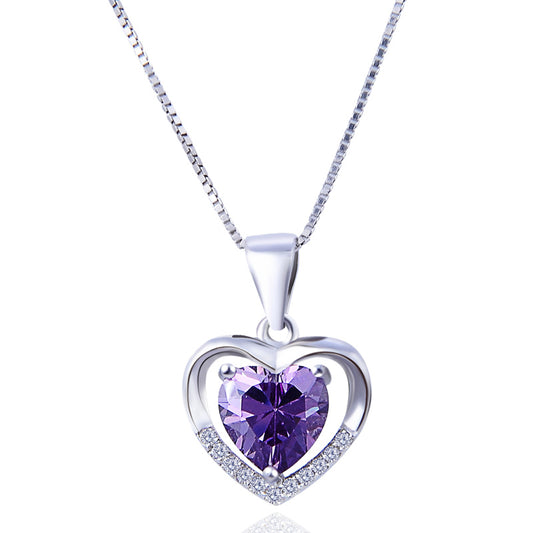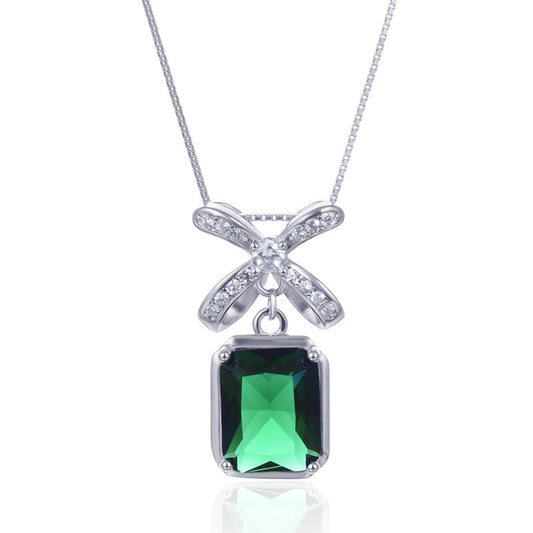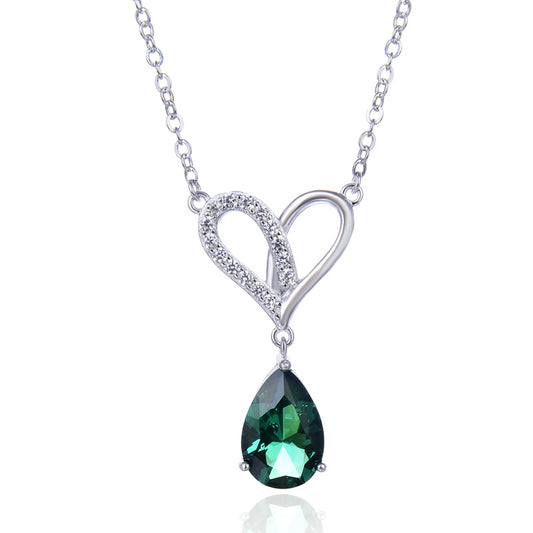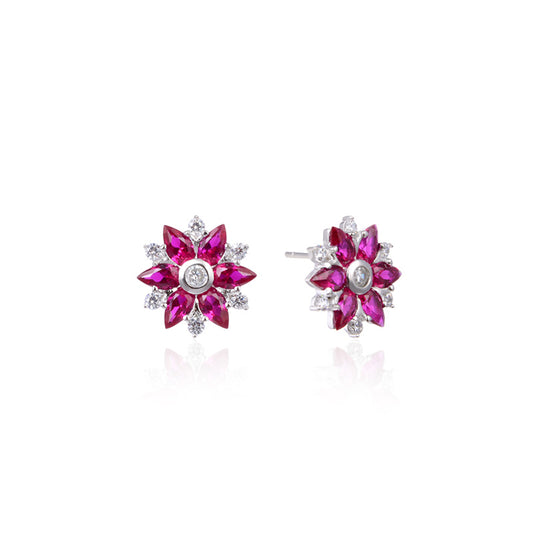How to Stop Dog Nail Bleeding: A Comprehensive Guide
Owning a dog comes with a lot of responsibilities, one of which is grooming. Trimming your dog's nails is an important part of this grooming routine, but it can also be a delicate and risky procedure if not done correctly. Cutting the nail too short can cause bleeding, which can be alarming for both dog and owner. If you find yourself in this situation, it's crucial to know how to stop dog nail bleeding quickly and effectively.
In this article, we'll guide you through the steps to stop your dog's nail from bleeding, as well as provide tips on how to prevent such accidents in the future.
Why Does Dog Nail Bleeding Occur?
Dog nails are composed of a hard outer shell called the cuticle, which protects the sensitive inner tissue known as the quick. The quick contains blood vessels and nerves, and if it's accidentally cut during the nail trimming process, it can cause bleeding and pain for your dog.
How to Stop Dog Nail Bleeding
If you accidentally cut your dog's nail too short and it starts bleeding, follow these steps to stop the bleeding:
-
Apply Pressure: Immediately apply firm but gentle pressure to the bleeding nail with a clean cloth or gauze for several minutes. This helps to slow down the blood flow and allows the blood to clot.
-
Use Styptic Powder or Cornstarch: If the bleeding doesn't stop with pressure alone, you can use styptic powder or cornstarch to help clot the blood. Gently apply the powder to the bleeding area and continue to apply pressure.
-
Seek Veterinary Assistance: If the bleeding persists despite your efforts, contact your veterinarian immediately. Prolonged or heavy bleeding may require professional medical attention.
The best way to prevent dog nail bleeding is to be cautious and careful when trimming your dog's nails. Here are some tips to help you avoid cutting the nail too short:
-
Use Proper Tools: Invest in good quality nail clippers designed specifically for dogs. These are sharper and more precise, reducing the risk of splitting or crushing the nail.
-
Know Where to Cut: Familiarize yourself with the anatomy of your dog's nail. You should only trim the white, opaque part of the nail, avoiding the pinkish or black part where the quick is located.
-
Take Your Time: Don't rush the process. Go slow, take breaks if necessary, and always err on the side of caution.
-
Get Professional Help: If you're not confident in your ability to trim your dog's nails, consult a professional groomer or veterinarian.
Conclusion
Knowing how to stop dog nail bleeding is an important skill for any dog owner, but prevention is always better than cure. By taking your time, using the right tools, and being mindful of where to cut, you can greatly reduce the risk of accidental bleeding. And if an accident does occur, remember to stay calm, apply pressure, and seek professional help if necessary.








